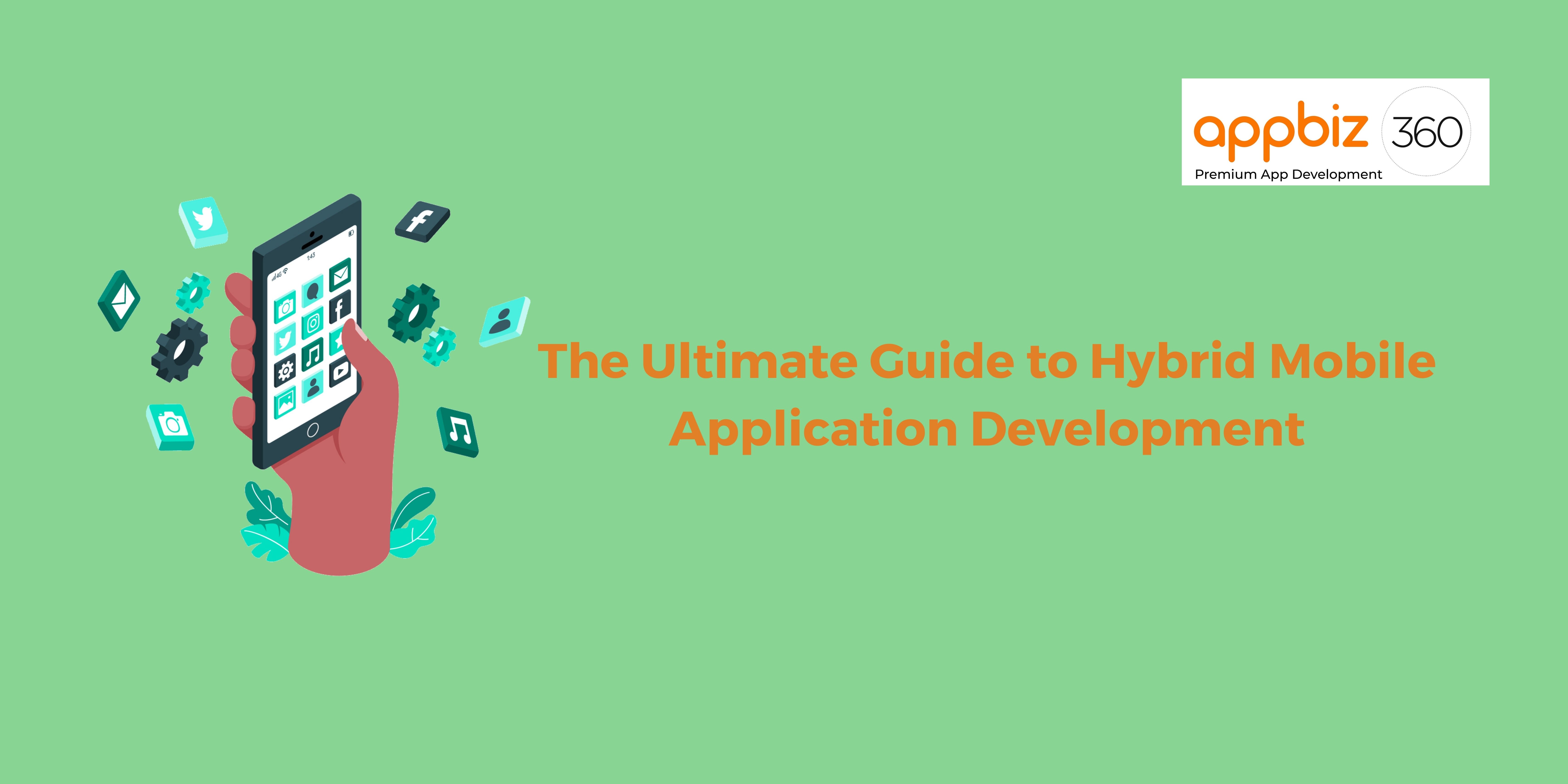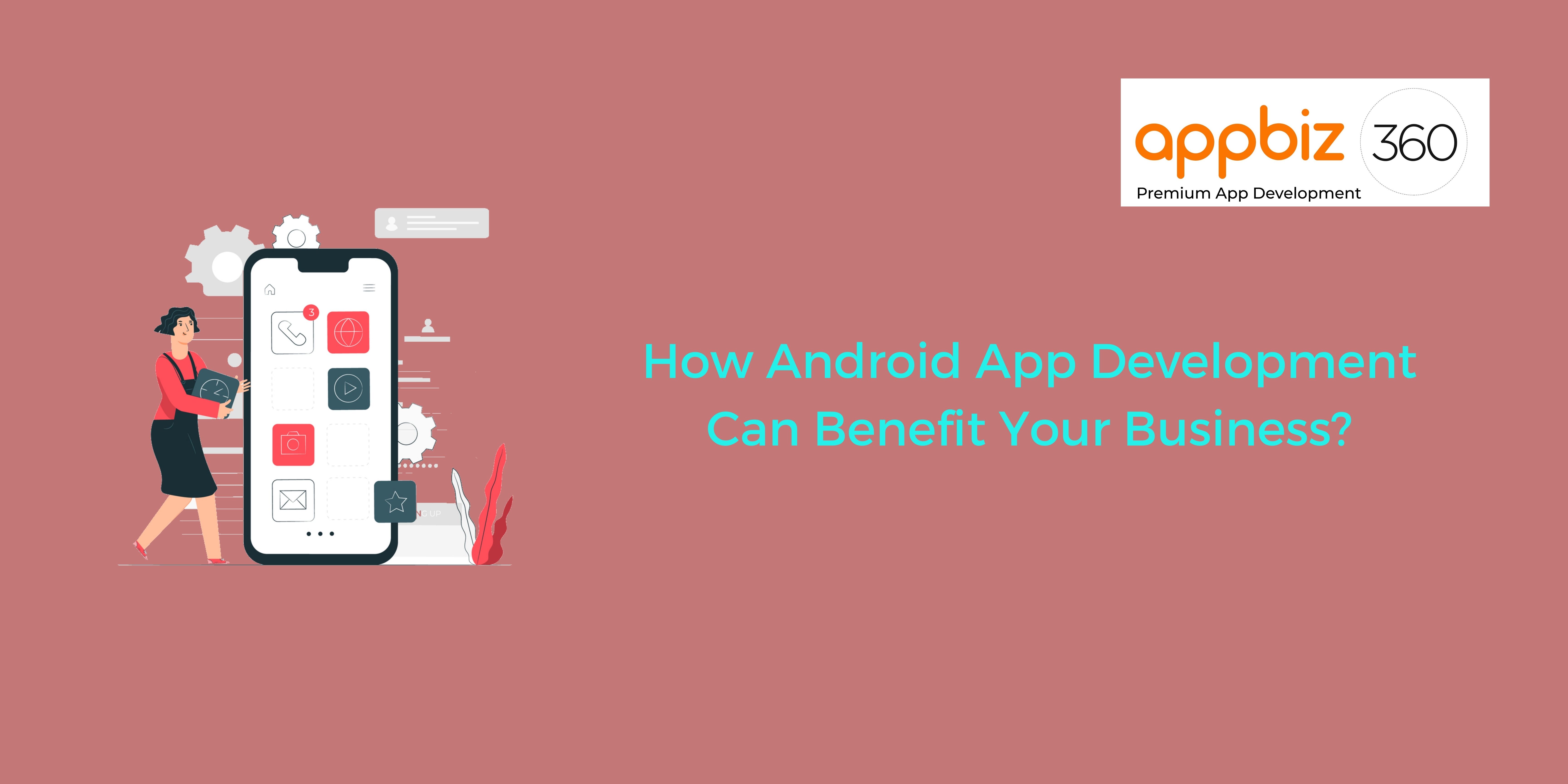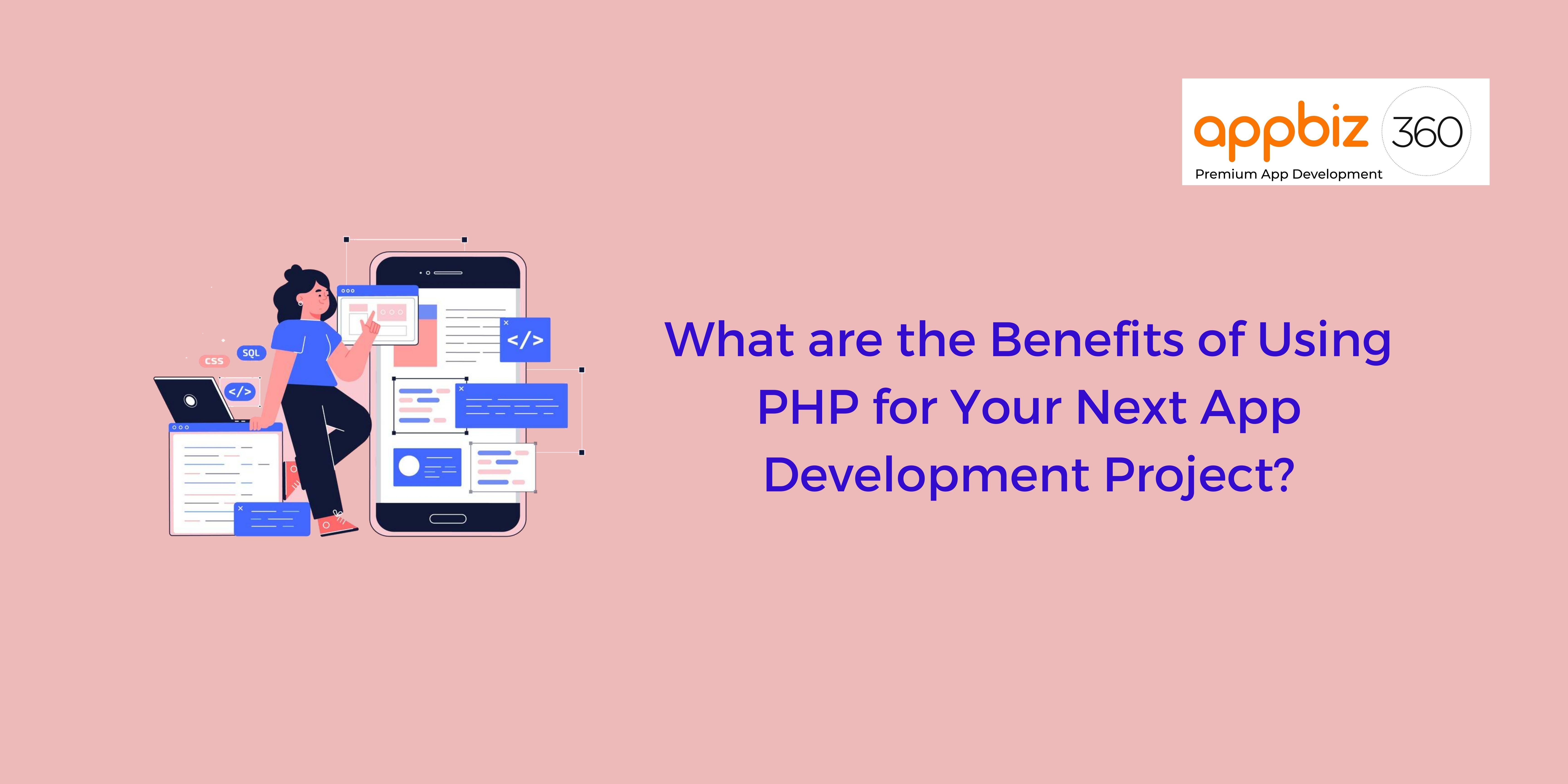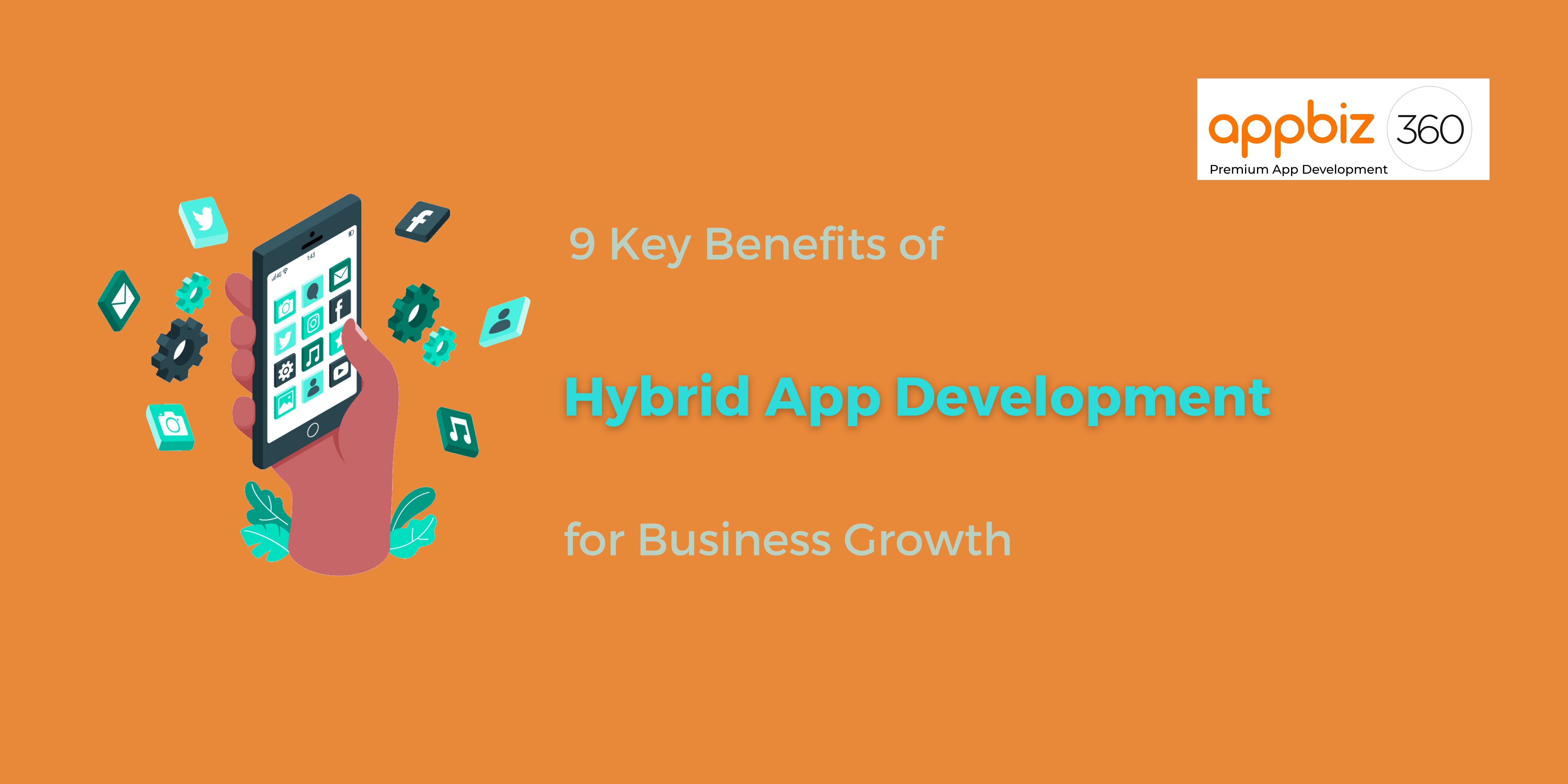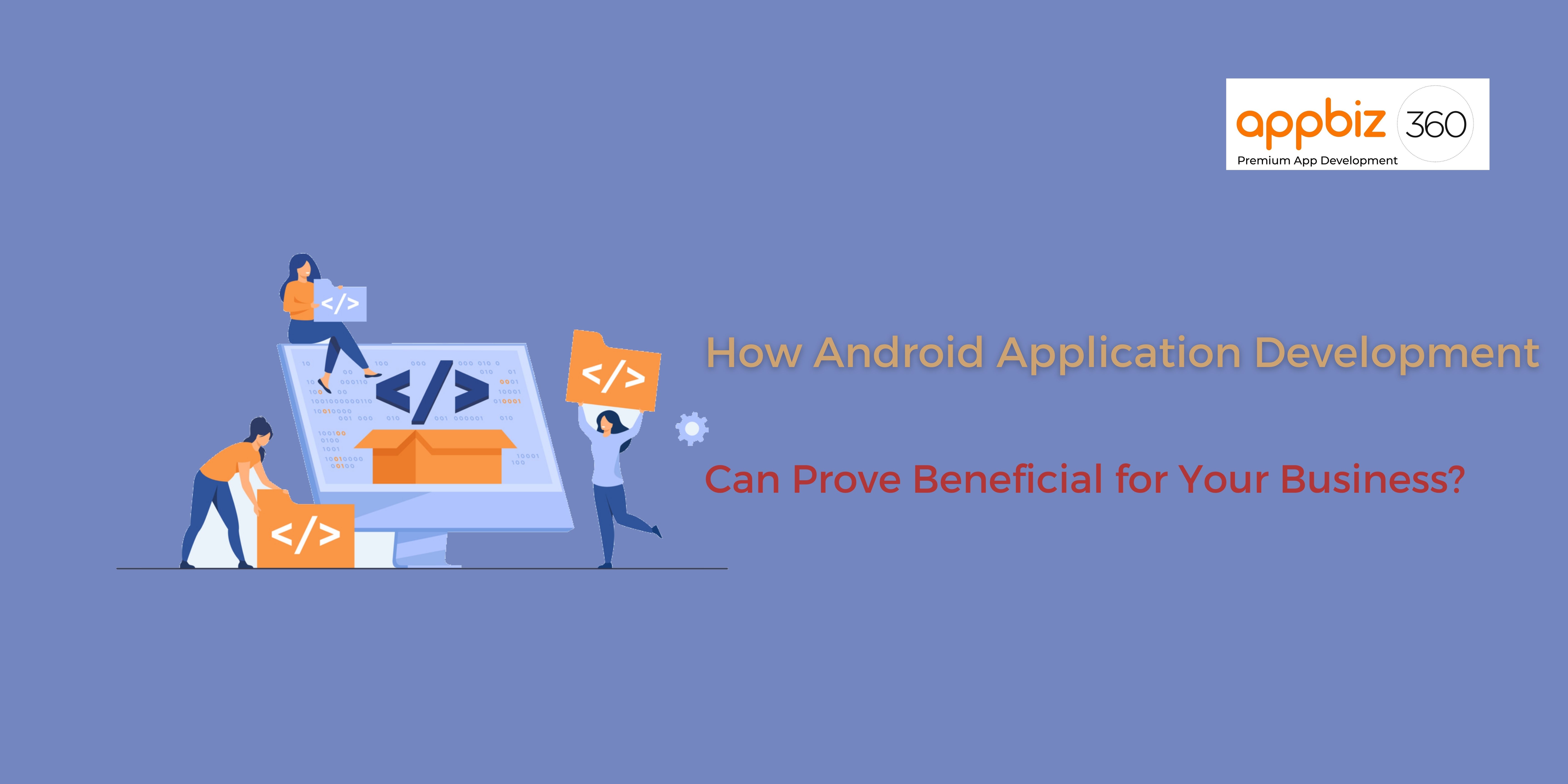Follow Us
Mobile App Development
How Much Does It Cost to Build an Uber-Like App?

Crowded roads, busy traffic, and lack of adequate parking space are few of the key motivators why most people living in large cosmopolitan cities prefer rideshare services, such as Uber, to self-driving. Considering the high demand for personal car rides among people, entrepreneurs as well as transport companies are encouraged to think of building apps like Uber. The market is booming with multiple providers offering rideshares. Amazingly, Uber is operating in more than 60 countries and its worth has been calculated around $68 bn., as per online media reports. Motivated by the success of Uber, new apps are cropping up fast in an attempt to grab their share. However, the impressive numbers you see here never imply there is no scope for new and budding rideshare apps.
Cost of Building MVP (Minimum Viable Product) Apps
One thing I would like to share about Uber here is: it’s not one app rather there are two Uber apps. Yeah! One is for customers to book their ride and the other is for Uber partners (transportation companies and entrepreneurs that offer rideshare). Behind the stylized cars and app’s streamlines interface, there’s a huge process that makes Uber possible. If you want to build an app like Uber, remember you’ll need two apps. One is the passenger app (that you already know) and the other is the driver app (maybe some of you know). Along with the two types of apps, you’ll also need an Application Programming Interface (API) thereby adding to the cost of creating a Minimum Viable Product (MVP).
Features that add to the cost of building Uber-like apps
Before we calculate the development cost of Uber-like, it makes sense to check how Uber actually works. As already mentioned-above, Uber has basically two types of apps – one for drivers and the other for passengers. Few of the key functions of the driver app include:
- Cab tracking
- GPS navigation
- Status updates
- Drivers’ authorization
- Acceptance of orders
- Cancellation of requests
- Number of ride requests
- Routing to the destination point and client
- Search for shortest/best routes using Google Maps
Functions of passenger app, on the other hand, include:
- Passenger authorization
- Selection of cab type
- Cost calculator
- Booking history
- Live tracking
- Automated payment
- Feedback and rating options
- ETA (Estimated Time of Arrival) at pickup location
- ETA at the destination of passenger
And these are just the options that you see in the front-end. A lot of effort and work is done in the backend and that includes notifications, log-in functionality, activity stats, payment gateway, algorithm for calculating trip cost, Google Maps API integration, database for maintaining reviews, rates, and feedbacks of customers, etc. The functionalities are developed for passengers, drivers, and car owners (transportation companies and entrepreneurs).
Cost estimate for developing Uber-like apps
Are you wondering how much it costs to create an Uber-like app? Well the answer is – it depends entirely upon the features and functionalities you are looking to be added in the app. The business model of Uber is an inspiration for several entrepreneurs and we see a considerable rise in different verticals fast adopting various on-demand platforms. In recent years, there has been a tremendous increase in the demand for rideshare/taxi apps like Uber. But when asked about the cost of developing such an app, even the developers would not be able to give you an exact figure upfront. If we say the app will cost somewhere around $6000 and $600,000, we are not being just to your expectations and probably that’s a vague figure of little or no value to you.
In fact, if we talk about any type of mobile app development, the truth is anything stated upfront and without professional cost estimate is purely a guess. It requires careful study of the requirement, hours that would be invested in designing and developing such an app, and other overheads to give a cost estimate of creating such an app. At appbiz360, we have an exclusive workshop designed particularly for this. As a result, we are able to create a detailed roadmap for development wherein we define each function, feature, screen, and backend details, time requirements, development order, and cost for each module and everything that goes into the making of such an app. Once you have an action plan and a clear estimate of the budget that would go into building an Uber-like app, you can approach any development agency for the job. This will give you an upper hand when you try to counter bid the app development companies you shortlist for the job.
There are several variables involved in deciding the cost of developing any app, not just a rideshare app as a matter of fact. Some of the factors that may influence the cost of development include:
Is your app developer a freelancer or an agency?
Are you hiring a local agency for the job?
Are you outsourcing app development to Europe or Asia?
Remember the cost of development and designing varies by region. Where your app developers are located makes a big difference to the overall cost that you will have to incur as well as the quality you should expect.
Here’s a quick summary of the hourly rates charged by mobile app developers across the globe, baed on a recent research conducted by a reputed agency.
| Region | Average Hourly Rates | ||
|---|---|---|---|
| Freelancer | Average Agency | High-End Agency | |
| US | Up to %155 | $155 | $255 |
| Western Europe | $50 | $35 | 180 |
| Eastern Europe | $40 | $45 | $160 |
| Asia | $20 | $35 | $75 |
To be honest, the cost of app development will largely depend on the features you want in your app. The complexity of app would further add to the costs. But if the puzzle pieces fit well together, you can expect lower costs of developing apps that are logical, user-friendly, and intuitive.
The other factors that may help you determine the cost include:
- Is it going to be a cross-platform app or a native app?
- Do you want an Android or iPhone app?
How much will an Uber-like app’s MVP version cost?
As already mentioned-above, Uber-like apps are actually two apps and not one! To build a Minimum Viable Product (MVP) version of such an app, you may have to incur about $120k for a single platform (iOS only or Android only) – if you consider the median cost of development and design. The cost for creating a cross-platform app may cross $180k, whereas you may have to spend $230k if you want an app for both iOS and Android. Now this is again just a bare minimum estimate (because the cost will vary based on your requirements) of only the most vital features.
Even that’s a really loose estimate, but it correlates well when considering that Uber itself started off with about $200k in seed money back in 2009. Setting aside inflation, mobile app development was simpler then, and design costs were lower. Uber has a market valuation in excess of $70 billion today – but it has raised $24 billion over the course of 21 investment rounds. All that, and it still hasn’t made an Initial Public Offering (IPO) – but it was all made possible, with a down-to-earth investment of just $200k.
For a More Comprehensive Understanding of App Costs…
This loose estimate of $115k – $230k is only your starting point for an On-Demand MVP. There are a lot of reasons to go with an MVP vs a full product release (check out: Why Startups Fail – A Matter of Process?).
Understanding all of the variables that go into app development costs can help save you tons of time, money and aspirin. On that score, again, I strongly recommend reviewing Cost to Develop an App – which gets more specific about other details influencing cost.
We’ve also explained backend components in much greater detail. Your backend works to connect your passengers, drivers, third-party services like the map functions and billing systems seamlessly. This used to be a hugely expensive proposition, but cloud services like Amazon Web Service, Google Firebase, and Microsoft’s Azure with Xamarin have decreased backend costs by an order of magnitude.
At least 14 design metrics influence app monetization, and you constantly want to work at improving all of them while continuing to produce more features based on user popular demand. If all of this is starting to sound a little complicated, well – it is, especially if this is your first time to explore mobile app development or the On-Demand economy. But that’s what we do every day – our continuous product development packages cover all the technical aspects of your mobile-app so you can remain focused on your business.
Native App or Cross-Platform?
Write the code once and run it everywhere doesn’t always work. Never expect a double economy that way. There’re many cross-platform tools that use various technologies and languages like Ionic and PhoneGap (HTML based), Xamarin and Unity (C# based), Ruby (RubyMotion based), etc. At appbiz360, we’ve got a unique methodology for this. Say, for example, your project’s 50% is user interface (UI) you want to look & feel native, we suggest native SDKs. Else, if more than 50% of your project is complex calculations, business logic, game engines, you must go for a cross-platform app. Furthermore, if you go for two different native apps (e.g. iOS and Android), the cost may reach 2x the cost to build a single app. But with a cross-platform app, you get just 1.5x cost.
MVP Version Cost of an App like Uber
An App like Uber should be treated like two interactive apps; one for passengers, and another for drivers. A Minimum Viable Product version of an App like Uber, considering median costs on design and development, is likely to run about $115k for a single platform (Android only or iOS only), $175k using a cross-platform app, or $230k for both Android and iOS. That’s at a bare minimum considering only the most essential features.
Even if it’s a loose estimate, it correlates when you realize that Uber itself had to spend roughly $200 in working capital when they started off a decade ago. Not considering the inflation, costs of mobile app development as well as design used to be quite lower. Today, Uber is worth $70 bn and perhaps more but it has raised around $24 bn over the course of more than 21+- investment rounds.
How to calculate the cost of Uber-like app development?
To find out the cost of building an app, you just need to multiply the hourly rate (as suggested by your freelancer/development agency) with the estimated hours that would be required in the process. Reliable online sources suggest; you could negotiate as low as $30 per hour with an app development agency offshore. Do you think it’s going to be a good bargain? What if you could hire a local or onshore developer for the job at somewhere around $40-$60 per hour or ensure you get a high-quality app (like Uber) built with a local agency for $180/hour. You may call our experts to discuss your app development requirements and concerns. We are here to help you build a successful business on the back of a mobile app.
Conclusion
Many entrepreneurs take Uber as a reference when they consider building a rideshare app. But such apps don’t necessarily require all the features Uber has to succeed. What’s more, you can drastically cut the cost of building such an app by including only primary features and excluding secondary features. Book a free 30-minutes consultation about Uber-like app development with our experts.
Disclaimer: The cost estimate and other information above is not accurate as it can vary depending on your exact requirements. The information is presented only as a point of reference and cannot be considered as a statement conveying what we charge for building such an app or any other software, as a matter of fact.
Latest Posts
appbiz360 NEWSFEED
Sign up for the appbiz360 newsfeed by adding your email address in the form below:












